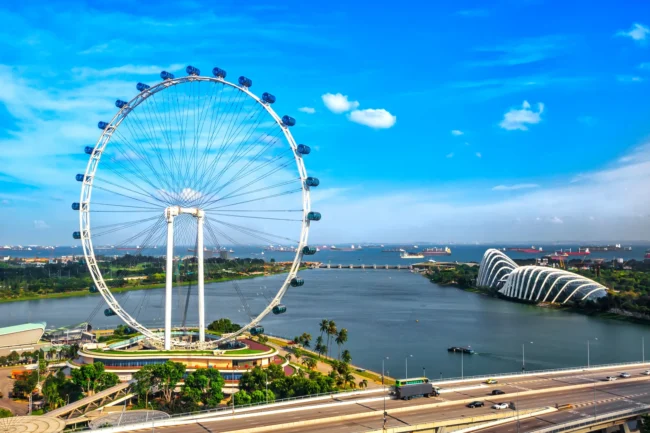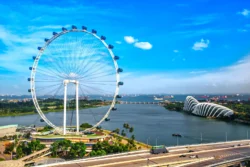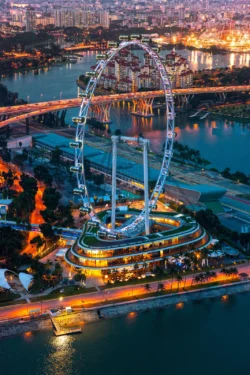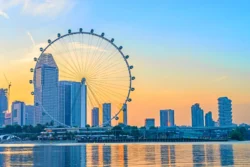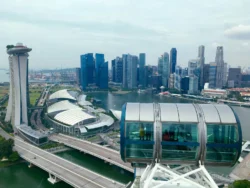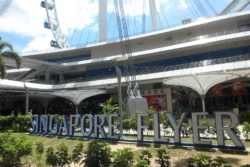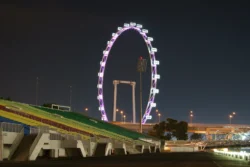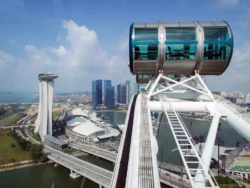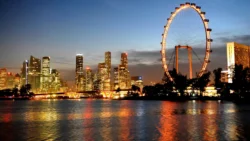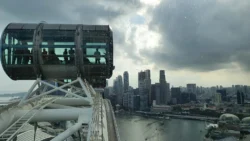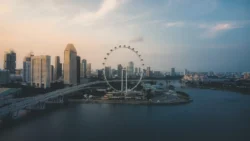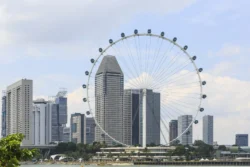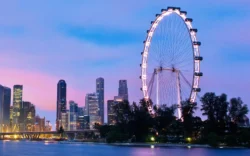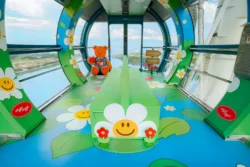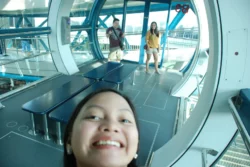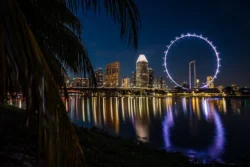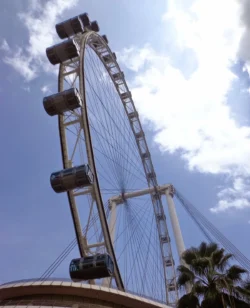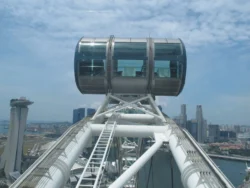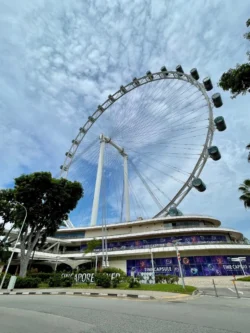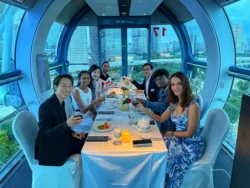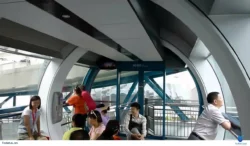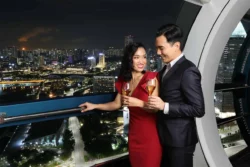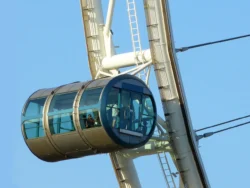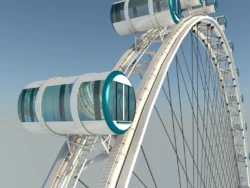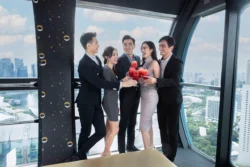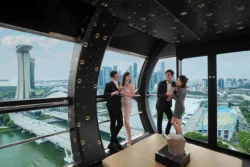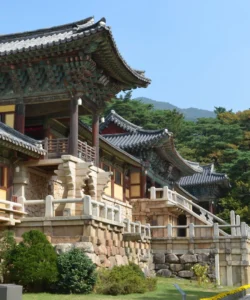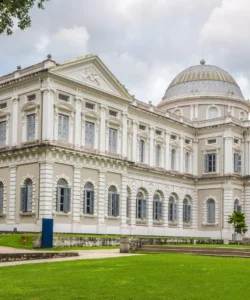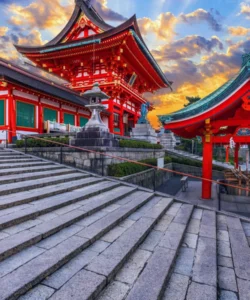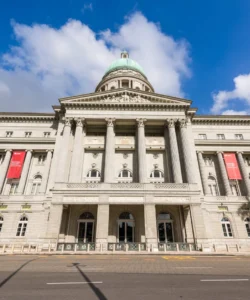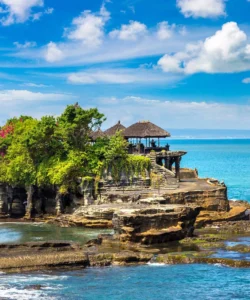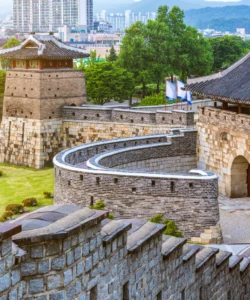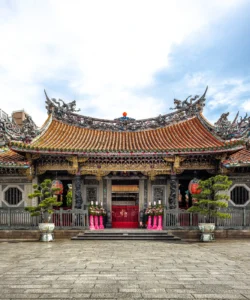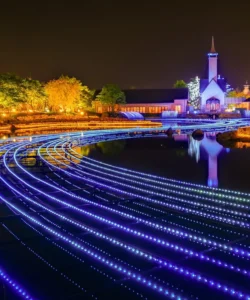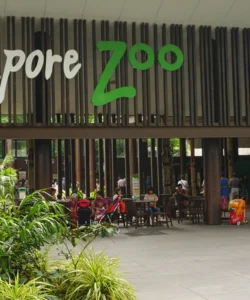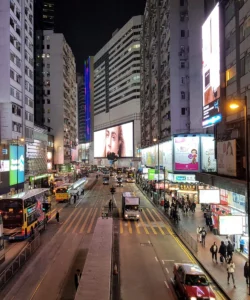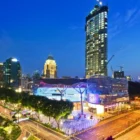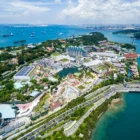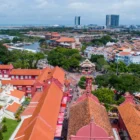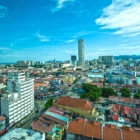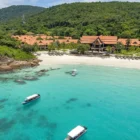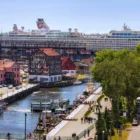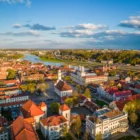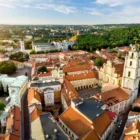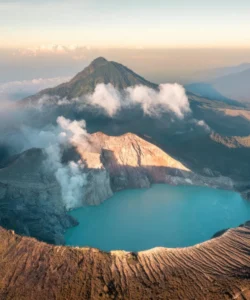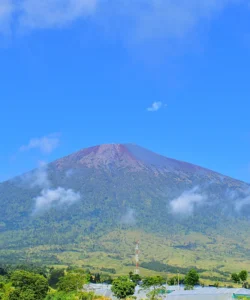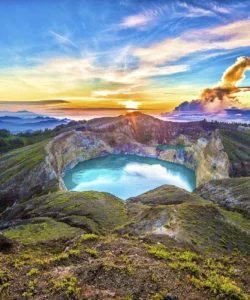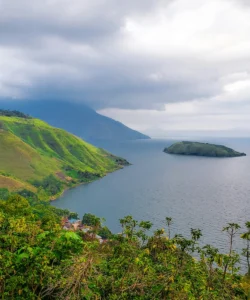The Singapore Flyer is an iconic observation wheel that dominates the Marina Bay skyline in Singapore. More than just a Ferris wheel, it’s an engineering marvel designed to offer unparalleled panoramic views of the city’s futuristic landscape and beyond.
Name: Singapore Flyer
Address: 30 Raffles Avenue, Singapore 039803.
It is prominently located in the Downtown Core district, on the Marina Bay waterfront, providing stunning views of key landmarks like Marina Bay Sands, Gardens by the Bay, and the F1 Marina Bay Street Circuit.
How to Get There:
The Singapore Flyer is highly accessible via Singapore’s excellent public transportation system:
- By MRT (Mass Rapid Transit): The most convenient way. Take the Circle Line (CC4) or Downtown Line (DT15) and alight at Promenade MRT Station. From Exit A, it’s an approximately 8-minute walk to the Singapore Flyer.
- By Bus: Numerous bus routes stop near the Singapore Flyer. The closest bus stop (02171) is opposite The Ritz-Carlton, a 6-8 minute walk away.
- By Taxi/Ride-Sharing (Grab, Gojek, Tada): Easily available throughout Singapore for a direct drop-off.
- By Car: Accessible via major roads like Raffles Avenue and Temasek Avenue. There is a multi-storey car park at the Singapore Flyer.
- Walking: It’s also possible to walk from nearby attractions like Marina Bay Sands or Gardens by the Bay, offering scenic views along the way.
Landscape and Architecture:
The Singapore Flyer is a stunning piece of modern engineering and a key element of Singapore’s iconic Marina Bay landscape.
- Observation Wheel Design: The Flyer is a massive observation wheel, standing at an impressive 165 meters (541 feet) in height with a diameter of 150 meters. Upon its completion in 2008, it was the world’s tallest Ferris wheel, a title it held until 2014.
- Slender and Elegant Structure: Its design, spearheaded by Dr. Kisho Kurokawa of Japan and DP Architects of Singapore, is avant-garde. Instead of the typical three-dimensional triangular rim, it uses a thin two-dimensional “ladder truss” rim, giving it a more transparent and elegant appearance. The capsules are mounted outboard of the rim, ensuring continuously unobstructed views.
- Air-Conditioned Capsules: It features 28 spacious, air-conditioned glass capsules, each capable of holding up to 28 passengers. These capsules are stabilized mechanically to ensure a smooth, vibration-free ride, allowing passengers to stand and walk about comfortably. Each capsule has a floor area of 26 square meters (about the size of a city bus).
- Terminal Building: The wheel is integrated with a three-story terminal building at its base, which houses ticket counters, retail shops, food and beverage outlets, and the interactive “Time Capsule” experience.
- Panoramic Views: From its height, the Singapore Flyer offers stunning 360-degree panoramic views of Singapore’s city skyline. Key landmarks visible include Marina Bay Sands, the Supertrees and domes of Gardens by the Bay, the Singapore River, the F1 Marina Bay Street Circuit, the Esplanade – Theatres on the Bay, and on a clear day, even parts of Malaysia (Johor Bahru) and Indonesia (Batam and Bintan islands), up to 45 kilometers away.
- Feng Shui Influence: The design and operation of the Flyer incorporated principles of Feng Shui. Notably, its rotation direction was reversed in 2008 on the advice of Feng Shui masters to ensure good fortune for Singapore. The number 28 (for capsules and passenger capacity) is also considered auspicious in Chinese culture.
What Makes It Famous:
- Iconic City Landmark: The Singapore Flyer is one of the most recognizable and photographed landmarks in Singapore, an enduring symbol of the city’s ambition and modernity.
- Panoramic City Views: It offers the most comprehensive panoramic views of the entire Marina Bay area and Singapore’s urban landscape, making it a must-do for first-time visitors and photographers.
- Once World’s Tallest Observation Wheel: Its former status as the world’s tallest Ferris wheel brought it significant international recognition upon its opening.
- Unique Ride Experience: The 30-minute rotation in comfortable, air-conditioned capsules provides a relaxing yet exhilarating way to appreciate Singapore’s changing skyline, both by day and by night.
- Dining in the Sky: The Singapore Flyer offers unique dining experiences, including private capsules for special occasions, and a “Sky Dining” experience with a multi-course meal, making it famous for romantic and celebratory events.
- “Time Capsule” Experience: An interactive multimedia attraction at the base of the Flyer, the “Time Capsule” takes visitors on a journey through Singapore’s past, present, and future, adding an educational and cultural dimension to the visit.
Differences from Some Other Wonders:
- Primary Purpose is Observation: While theme parks like Sunway Lagoon and Legoland offer rides, the Singapore Flyer’s core purpose is purely observation and scenic viewing from a high vantage point. It’s an observation wheel, distinct from a typical amusement park Ferris wheel.
- Standalone Icon: Unlike the Petronas Twin Towers, which are integrated into a large office and shopping complex, or Sentosa Island, which is a full resort island, the Singapore Flyer is largely a standalone architectural icon designed specifically for the viewing experience, albeit surrounded by other major attractions in Marina Bay.
- Emphasis on Smooth, Contemplative Ride: Unlike high-thrill rides, the Flyer’s smooth, slow rotation and spacious, enclosed capsules are designed for a relaxed, comfortable, and contemplative viewing experience, allowing passengers to walk around and take photos freely.
- “Feng Shui” Integration: The conscious integration of Feng Shui principles into its design and operation is a unique cultural aspect that differentiates it from most other modern architectural wonders globally.
- No Multiple “Parks” or Extensive Resort: Unlike Sunway Lagoon or Legoland, the Singapore Flyer is not a multi-park complex or an integrated resort. Its associated facilities are primarily retail, dining, and an exhibition related to its core function.
- Urban Landscape Focus: While other wonders might showcase natural landscapes (Mount Kinabalu) or historical urban fabric (George Town, Malacca City), the Singapore Flyer’s views are predominantly of a highly modern, meticulously planned, and constantly evolving urban skyline, reflective of Singapore’s status as a global city.
